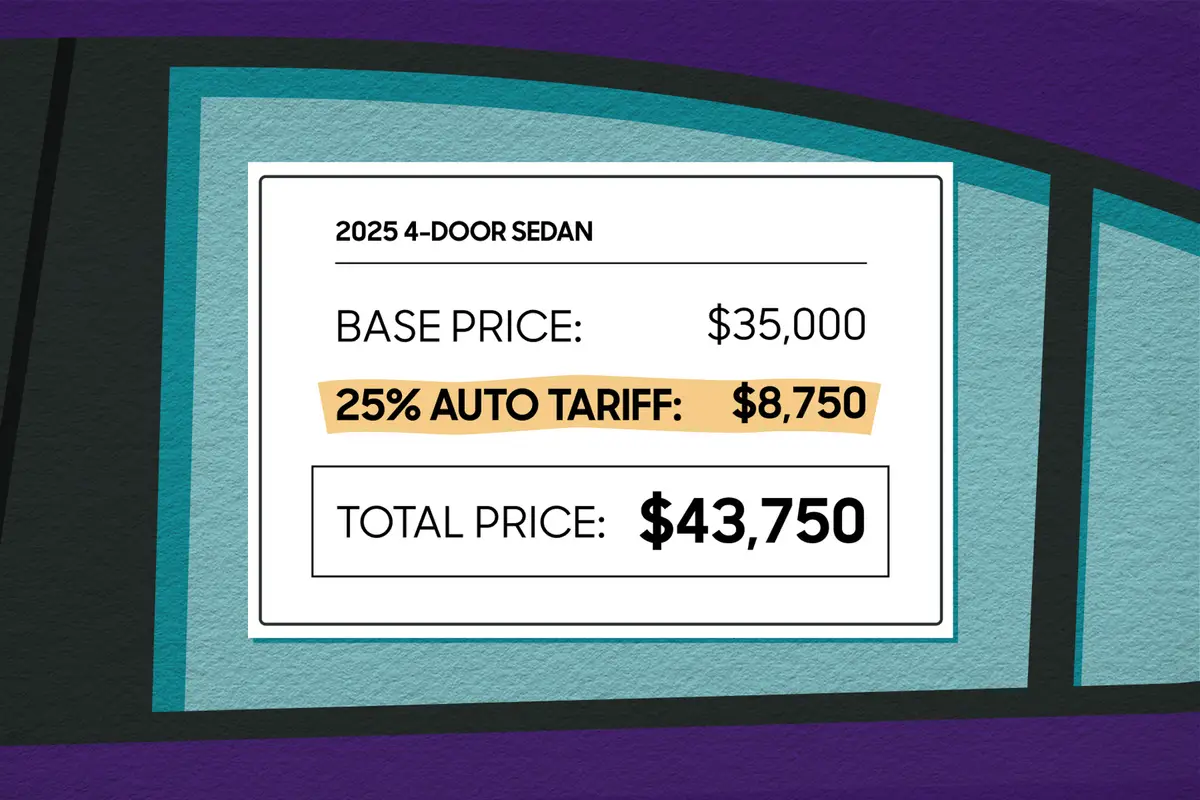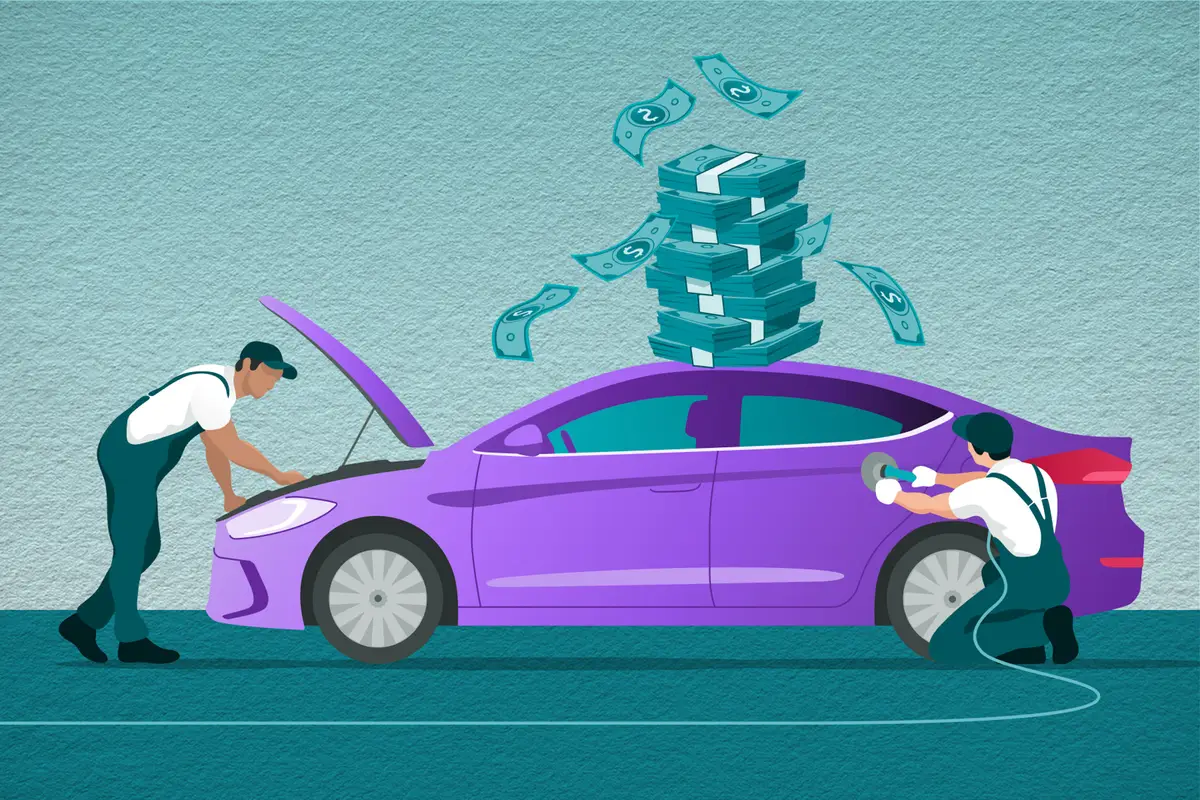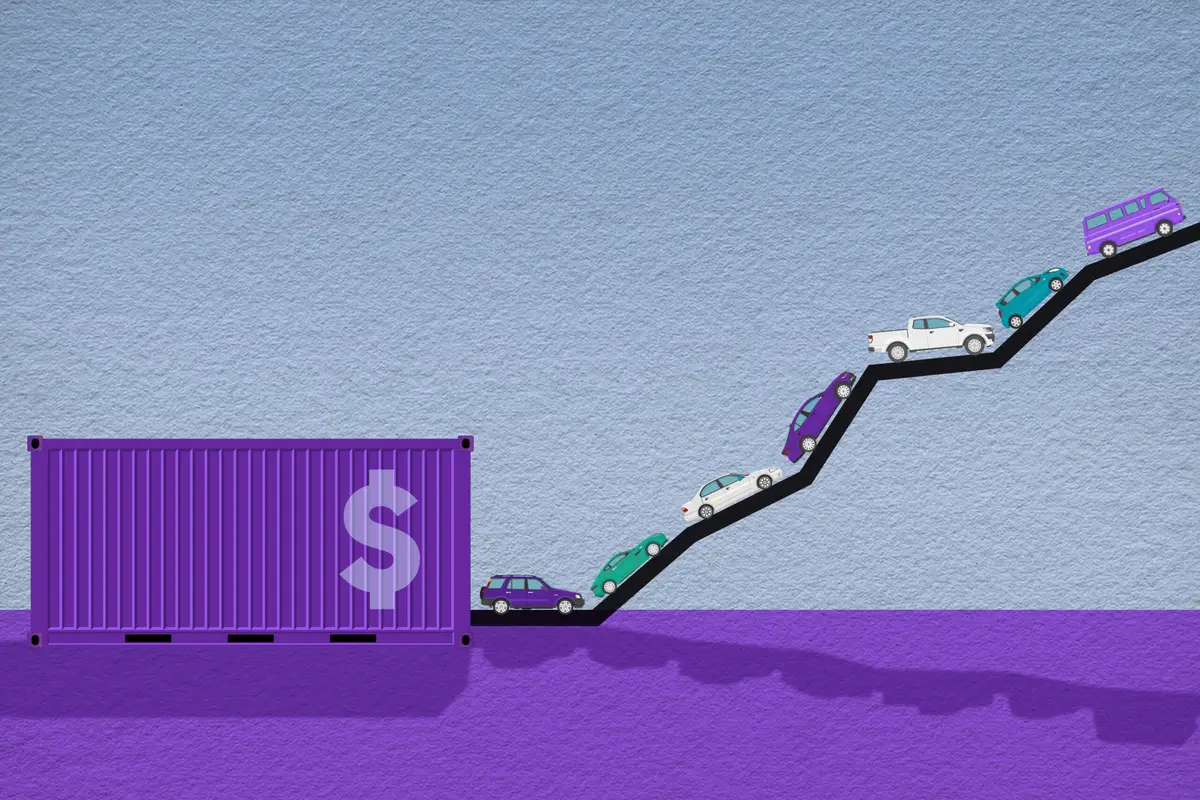Boston.com's view
Feral Porsche at home in punishing terrain
FISH LAKE, Yukon Territories — To twist a Yogi Berra-ism: It gets early late here.
That’s because, this time of year, it’s almost 9 in the morning before you get full sunrise. And even that arrives in specious splendor.
A slate sky meets a slate landscape. Gray in the morning gives way to gray in the afternoon gives way to gray evening, yet, if you are lucky, it ends with the clearing of late night skies and the bountiful bounce of Northern Lights across the gray dome.
We are here to drive Porsches, and though that may seem contradictory, remember two things: Porsche tests all its cars in extreme conditions, and Porsche has entered the lucrative SUV market.
We are listening to Klaus-Gerhard Wolper, Porsche director of SUV operations, as he walks us around the company’s latest vehicle, a Cayenne SUV, with a Volkswagen-based engine, aimed at doing for the SUV line what the Boxster did for the sports car line: bring in new Porsche buyers at a relatively easy ($43,000) price.
Though you might expect the typical questions about any car on display and available for testing — How fast? How much? How many horsepower? — Wolper says that the first question asked up here every morning is, “Will it start?”
That’s because this is a land where 40 meets 40, as in Centigrade meets Fahrenheit, as in 40-below is 40-below in either figuring.
This is a place where Porsche personnel saw a lynx-coyote death cage battle (bet on the lynx). And, besides the new 6-cylinder Porsche Cayenne, I got to drive another “6” — in this case a team of sled dogs across a frozen lake.
Yet here we are, atop one of those lakes, putting to test this “entry level” Cayenne, replete with engine from Volkswagen. And no, those who loathed the 924 of yore, do not cringe.
This remains a Porsche, fit and finish, body, transmission, suspension, integrity intact.
I can say this because I drove it where both the air and the terrain (in this case, hockey rink quality ice) were the challenge. How cold can you go? How slippery can you get?
To cut to the chase, the Cayenne (subservient to the Cayenne S and Cayenne Turbo), is powered at base by the same V-6 engine you’ll find in V-6 VWs and the Audi TT.
Of course, Porsche has ramped it up from 220 horsepower to 247, owing mostly to a redesigned intake system and continuously variable intake valve timing. It is a car that senses what the driver intends and responds to that intent. (Is there a Stephen King novel here?)
Even the 6-speed Tiptronic shifter (stem or thumbs on wheel) senses your plan and adjusts for sport or utilitarian operation.
A 6-speed manual transmission is on the way.
The Cayenne features stability and traction control systems that display their best out here on the ice.
We’re talkin g three feet of ice so clear that you might be able to glimpse the silver promise of fish flashing below, rising to glimpse the raucous behavior above them.
With permanent four-wheel-drive, the Cayenne, unlike many SUVs, is a true offroad beast, should you take it there.
Using a multiplate clutch driven by an electric motor, it runs with a 62-38 percent rear-wheel-torque bias. That’s why it feels like a sports car when you are pushing it hard on dry pavement.
But oh, get it out here on that slab of ice, and all bets are off.
Power can go 100 percent front or rear, depending on what’s slipping and where.
Sensors coordinate this by picking up speed, steering angle, gas pedal input, lateral acceleration, and brake use. They then use torque and brake signals to put you back into control over what you have lost.
Consider these ice applications:
There are a couple of ways to get into trouble on an icy bend. ome in too fast. Leave too fast.
Come in too fast and the front end plows (understeer) into the curve.
Come out too fast by applying too much gas and the rear end tries to sweep to the outside and pass the front end (oversteer).
In pre-traction/skid-control days, most of the fixing of these errors was done with judicious braking, counter-steering, and so-called “steering-by-throttle” which meant applying gas to get the rear end to do what you wanted.
With the new Porsche?
Fuggedaboutit.
The sensors take over, won’t let you plow, won’t let you oversteer. Get into trouble and, as time on the ice proved, the car will fix it. If you plow into corners, all is fixed. If you try to give it too much gas exiting, that power is cut. Annoying but safe.
The Cayenne, part of Porsche’s attempt to get “bigger” as a company and avert a takeover, fits in nicely beneath the S model ($56,000) and the Turbo ($89,000). Bob Carlson, head of media relations, says that the base Cayenne could sell as many as 30,000 cars per year, a big jump for a company whose sports car sold only around 25,000 last year. And that would be on top of the 25,000 or so upper model Cayennes sold.
The auto industry is a landscape that can be gray, a landscape where lynx and coyote tangle. Call this new Porsche a lynx.
Latest news



